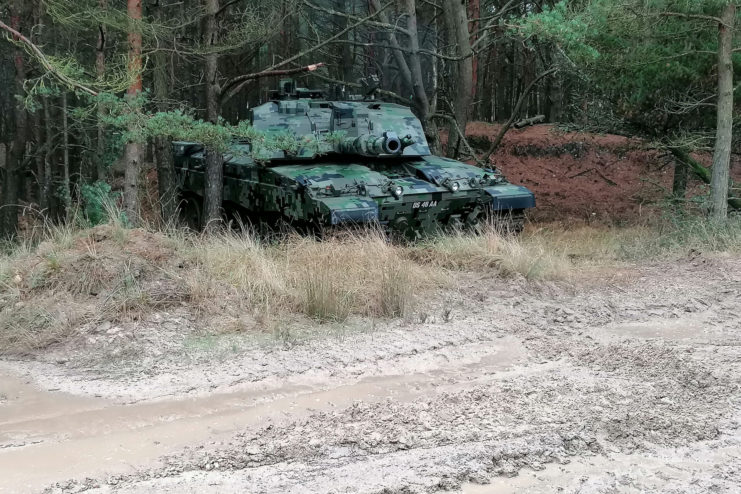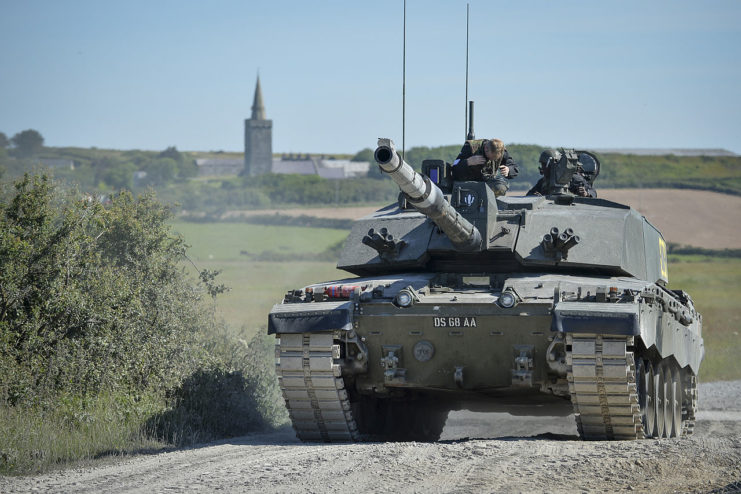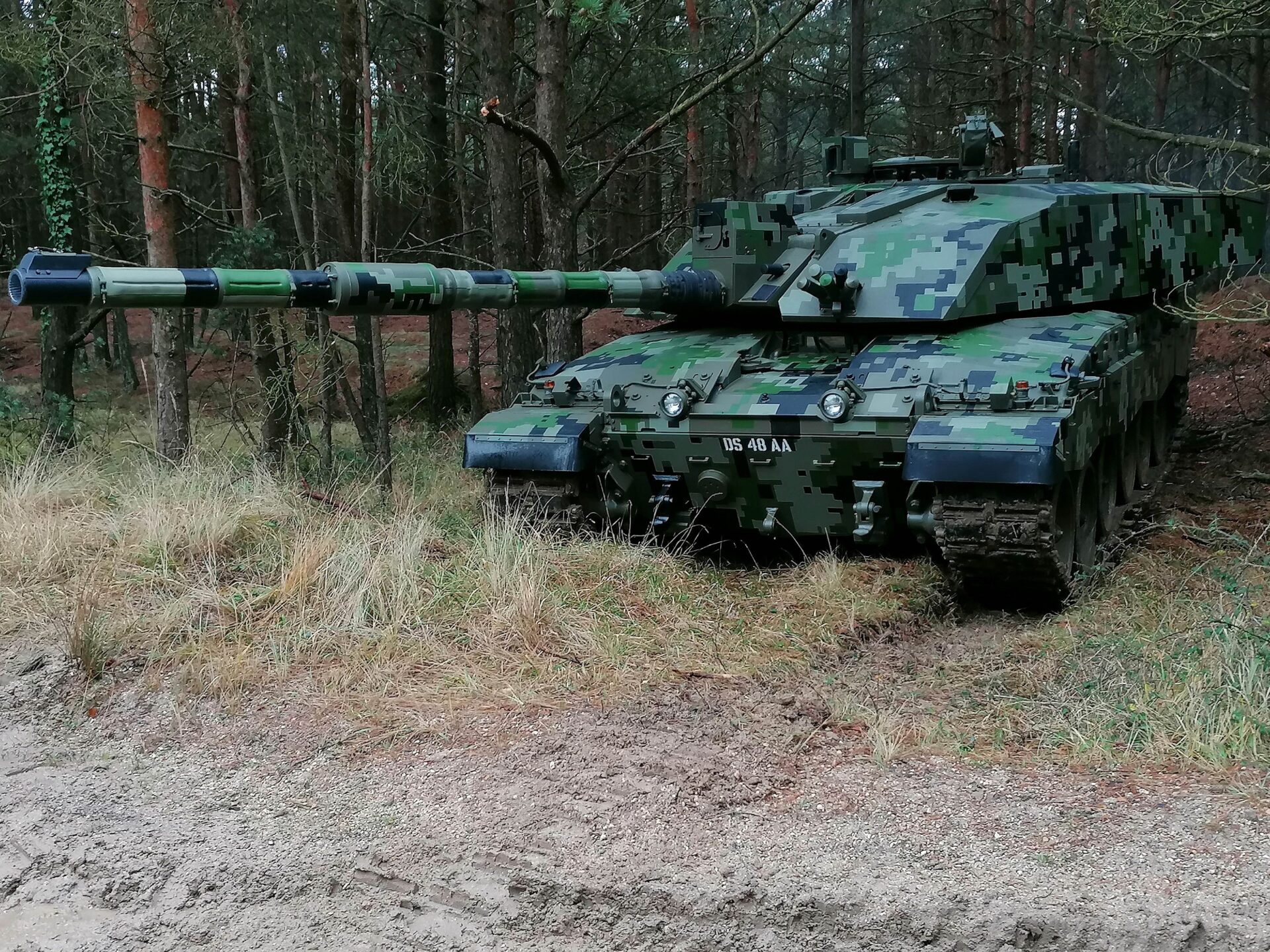Camouflage is a fundamental principle of military design, whether it’s applied to clothing, tents, or weapons. The goal is, naturally, to make soldiers and equipment as difficult to see as humanly possible, no matter the landscape the battleground is on.
If soldiers fight in forests, their clothing has green hues incorporated into the uniforms. When fighting in the desert, that hue changes to the colour of sand, and so on. Making someone (or something) hard to see isn’t difficult, but sooner or later the enemy learns how to look past camouflage and find the target. And therein lies the problem.
In the U.K., the army challenged the Armoured Trials & Development Unit, in Bovington, Dorset, to develop a new camouflage, a better one that would deter detection of tanks on the battlefield. The Unit took up the challenge, and in conjunction with the Defence Science & Technology Lab, as well as the Tank Museum, a new design for weapons – tanks, in particular – has been unveiled.

It mimics the confused pixels seen on computer screens, thereby making the tanks much harder to see in the field. The pattern takes about three seconds longer for the human eye to detect and settle on, which sounds negligible to the “civilian ear,” so to speak. But in battle, three seconds can sometimes mean the difference between life and death, between a gun locking on its target and firing successfully, or that target taking evasive action and getting away in the nick of time.
Camouflage was once a simple pattern known as “bog standard green,” a colour that looks rather like the swampy terrain from which it derives its name. The new pattern, however, is more like what viewers see in the video game “Minecraft.”
In fact, the new pattern is called MCDC 5, and army experts say that, in tests, the design has made tanks 80 percent more difficult to detect. In theory, it should save countless lives if that reduction proves accurate in a live combat setting.
One official involved in the program, which is called “Hide, Deceive, Survive,” is Lieutenant Rob Page. He described the tests performed with professional soldiers trying to detect tanks covered in MCDC 5 “a big win” because they were much more difficult to find. And that, of course, is the ultimate goal of all camouflage.
Military camouflage takes its cues from nature. There are many creatures that hide in plain sight thanks to tricks Mother Nature has equipped them with. For example, there is a particular type of octopus that can change instantly to look like a rock, or weeds; it can even change the texture of its skin. M
an cannot do the latter, obviously, but what motivates the octopus is not all that different from what motivates man to use camouflage – fear of predators.

Before the invention of rifles in the mid-19th century, armies around the world dressed personnel in bright colours, including red and blue. It was not until later, around the end of the 19th century, that drab green uniforms began making sense to officials, so their soldiers would not stand out quite as much on the battlefield.
And by World War I, colours had been replaced by khaki – which comes from the Persian word for “dust.” By the Great War, locations and equipment were routinely camouflaged in order to hide them from aerial attacks.
Another Article From Us: Iconic American Colt Firearms Now Owned by a Czech Company
England is not in need of camouflage for tanks right now, not in battle, thank heavens. But no doubt the time may come when it is indeed necessary yet again, and the new MCDC 5 pattern may well save lives, of soldiers and tank operators.
